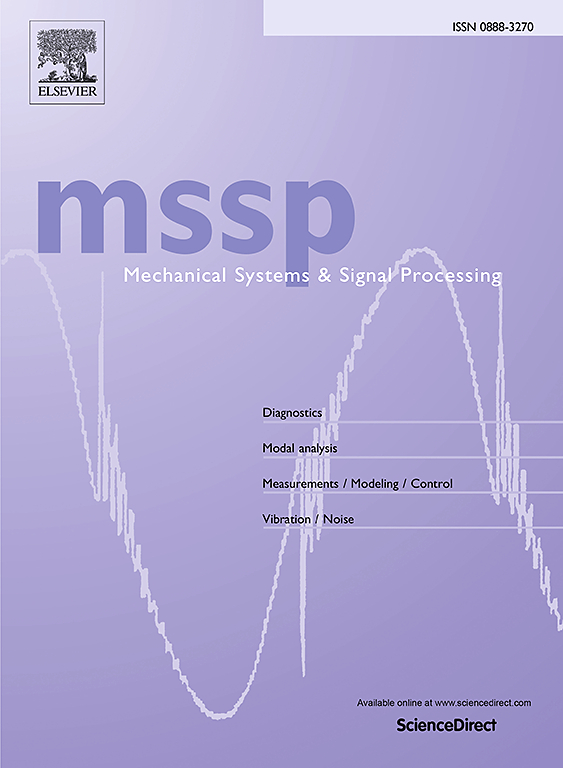Theoretical analysis and experimental research on control performance of active tuned liquid damper
IF 8.9
1区 工程技术
Q1 ENGINEERING, MECHANICAL
引用次数: 0
Abstract
Aiming at the shortcomings of the damping performance of the traditional tuned liquid damper (TLD), a damping technology scheme that organically combines the TLD with the active control device is proposed to form an active tuned liquid damper (ATLD) based on the sliding mode control algorithm. Based on the intensive analysis of ATLD damping characteristics, the ATLD-single degree of freedom structural mechanics model is established according to the composite damping of the structure by the active control force and the passive control force of TLD. To verify the accuracy of the theoretical mechanical model of ATLD and to investigate the effects of structural period and seismic site category on the real damping performance of ATLD, three different period single-degree-of-freedom steel framework test models are adopted to complete the seismic simulation shaking table tests. The sliding-mode control algorithm with a steep saturation function is proposed to eliminate the structural jitter effect. The dynamic test and theoretical results show that the numerical calculation results and the test results have good agreement in terms of the peak displacement and the root mean square. The introduction of an active control device into TLD can significantly improve the seismic performance of traditional TLD. ATLD can produce an excellent seismic control effect on the controlled structure under all kinds of site conditions, and the damping effect is better with the increase of the site category. ATLD is more suitable for medium and high-rise buildings, and it has a good prospect for engineering applications.

主动调谐液体阻尼器控制性能的理论分析与实验研究
针对传统调谐液体阻尼器(TLD)阻尼性能的不足,提出了将TLD与主动控制装置有机结合的阻尼技术方案,形成基于滑模控制算法的主动调谐液体阻尼器(ATLD)。在深入分析ATLD阻尼特性的基础上,根据TLD主动控制力和被动控制力对结构的复合阻尼,建立了ATLD-单自由度结构力学模型。为了验证ATLD理论力学模型的准确性,研究结构周期和地震场地类别对ATLD实际阻尼性能的影响,采用3个不同周期的单自由度钢框架试验模型完成了地震模拟振动台试验。为了消除结构抖动的影响,提出了具有陡饱和函数的滑模控制算法。动态试验和理论结果表明,数值计算结果与试验结果在峰值位移和均方根方面有较好的一致性。在TLD中引入主动控制装置,可以显著提高传统TLD的抗震性能。在各种场地条件下,ATLD对被控结构均能产生良好的抗震控制效果,且随着场地类别的增加,减振效果越好。ATLD更适用于中高层建筑,具有良好的工程应用前景。
本文章由计算机程序翻译,如有差异,请以英文原文为准。
求助全文
约1分钟内获得全文
求助全文
来源期刊

Mechanical Systems and Signal Processing
工程技术-工程:机械
CiteScore
14.80
自引率
13.10%
发文量
1183
审稿时长
5.4 months
期刊介绍:
Journal Name: Mechanical Systems and Signal Processing (MSSP)
Interdisciplinary Focus:
Mechanical, Aerospace, and Civil Engineering
Purpose:Reporting scientific advancements of the highest quality
Arising from new techniques in sensing, instrumentation, signal processing, modelling, and control of dynamic systems
 求助内容:
求助内容: 应助结果提醒方式:
应助结果提醒方式:


